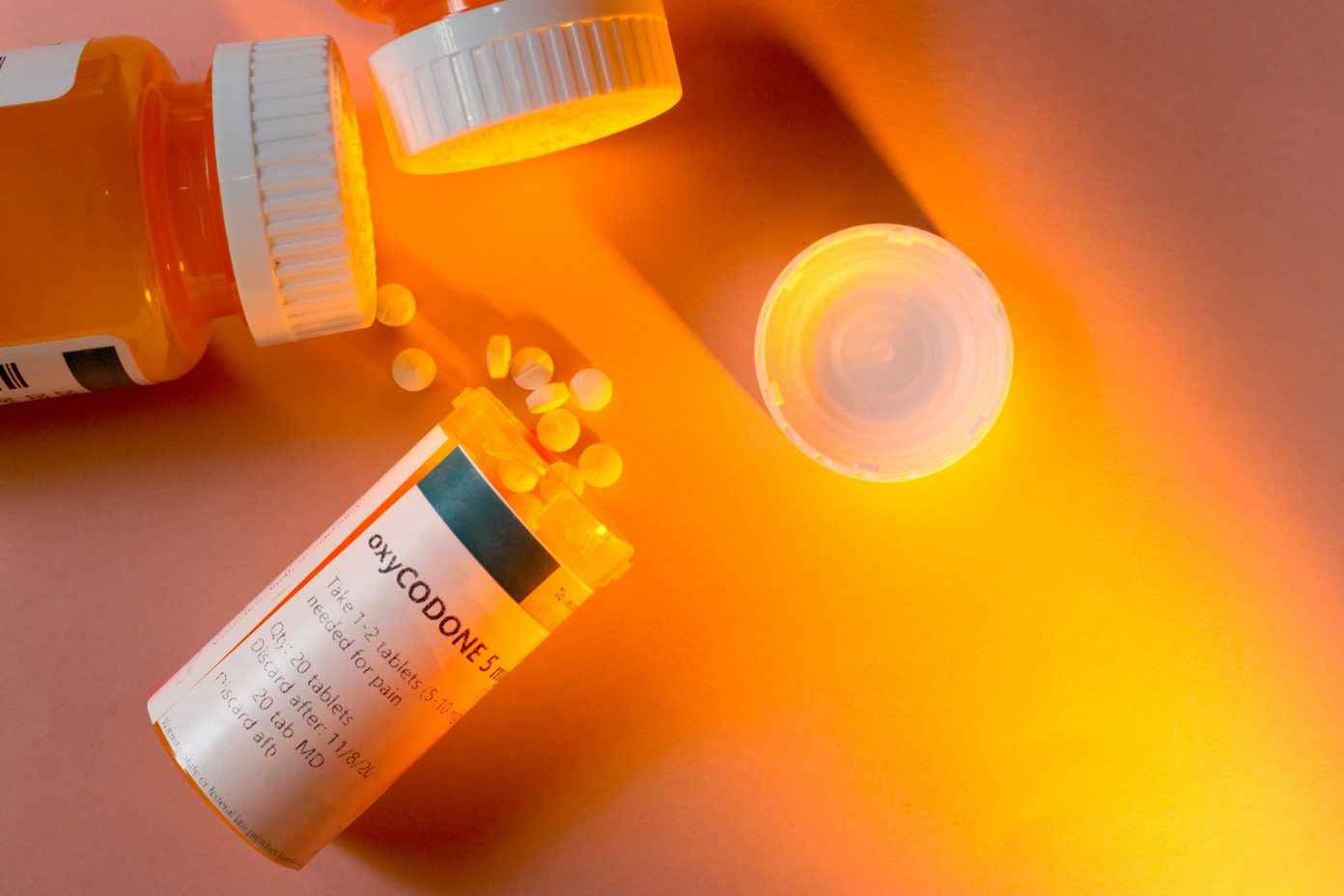Harm Reduction Legal Project Resource Roundup
June 16, 2021
Overview
Despite COVID-19 introducing many to the concept of “harm reduction” when it comes to the pandemic, harm reduction in the drug use world has recently been under attack. These attacks include the closure of a syringe exchange in Scott County, Indiana, that famously contained an HIV outbreak just a few years ago; the passage of laws making it virtually impossible for harm reduction organizations in West Virginia to operate; the proposal of similar closures or laws in North Carolina and Atlantic City, New Jersey; and various legal restrictions, threats, and lawsuits against syringe services programs throughout California.

Meanwhile, public opinion continues to swing strongly in the direction of treating substance use disorder as a health issue rather than a criminal issue. More than 87,000 Americans died from drug overdose in the 12-month period ending September 2020, as fentanyl and other synthetic opioids continue to taint the illicit drug supply. It’s important to remember that, while stigma still rules in some spheres, most states have laws that encourage practices such as syringe services, naloxone access, and other harm reduction initiatives. Still, many politicians continue to believe that restricting syringe and harm reduction access is a good idea.
The Network’s Harm Reduction Legal Project provides assistance to those working to improve access to harm reduction services regardless of the underlying legal situation. Given recent efforts to diminish or end harm reduction practices that have known efficacy, these resources might be of help.:
- Legal Interventions to Reduce Overdose Mortality: Naloxone Access Laws
This resource summarizes characteristics of naloxone access laws in 50 states and DC.
- Non-Patient Specific Naloxone Distribution Mechanisms
This 50-state survey shows the current status of standing orders and protocols that permit naloxone to be distributed without the patient first receiving a prescription for it.
- Harm Reduction Laws in the United States
This resource summarizes the laws in each of the 50 states and DC around possession and distribution of drug paraphernalia, naloxone access laws and mechanisms, and overdose Good Samaritan laws that protect people who call for help at the scene of an overdose emergency..
Further, recent changes in law, regulation, and funding opportunities have opened new opportunities for harm reduction organizations and providers that offer medications for opioid use disorder (MOUD):
- American Rescue Plan – Syringe Access
The American Rescue Plan Act (ARPA), signed into law in March 2021, appropriates $30 million for grants to support “community-based overdose prevention programs, syringe services programs, and other harm reduction services.” While the Department of Health and Human Services places restrictions on the funding provided to syringe services programs, the funds provided by the ARPA have no such restrictions, and the Harm Reduction Legal Project details here how harm reduction organizations can best use these funds.
- Pandemic Era Changes to Accessing MOUD
Due to the COVID-19 pandemic, several changes were made to the regulations governing access to medications for opioid use disorder such as methadone and buprenorphine. This post provides insight into the various changes made to help people who use drugs access these life-saving medications, and proposes that many of the changes be made permanent.
The legal landscape of harm reduction is ever-changing. The Harm Reduction Legal Project can provide technical legal assistance and resources to help leaders in the harm reduction field provide life-saving interventions and support to people who use drugs. Contact the Harm Reduction Legal project at harmreduction@networkforphl.org and follow the Project on Twitter at @harmreduxlegal.
This post written by Amy Judd Lieberman, J.D., Senior Attorney, Network for Public Health Law Harm Reduction Legal Project.
The Network for Public Health Law provides information and technical assistance on issues related to public health. The legal information and assistance provided in this document do not constitute legal advice or legal representation. For legal advice, readers should consult a lawyer in their state.
Support for the Network is provided by the Robert Wood Johnson Foundation (RWJF). The views expressed in this post do not represent the views of (and should not be attributed to) RWJF.
